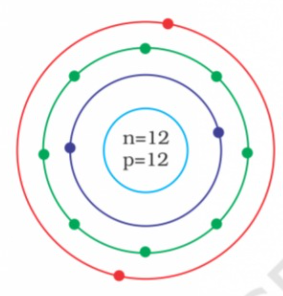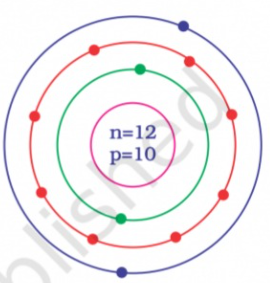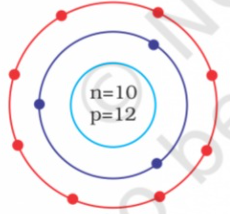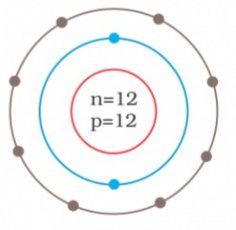Recommended Questions
- Identify the Mg^(2+) ion from the figure where, n and p represent the ...
02:11
|
Playing Now - m(P) and m(n) are masses of proton and neutron respectively. An elemen...
01:04
|
Play - If the nuclear force between two protons, two neutrons and between pro...
01:15
|
Play - Identify the Mg^(2+) ion from the figure where, n and p represent the ...
02:48
|
Play - m(p) and m(n) are masses of proton and neutron respectively. An elemen...
02:36
|
Play - M(p) तथा M(n) प्रोटॉन तथा न्यूट्रॉन द्रव्यमान दर्शाते हैं , एक नाभि...
02:03
|
Play - M(n) तथा M(p) क्रमशः न्यूट्रॉन तथा प्रोटॉन के द्रव्यमानों को प्रदर्शित...
04:52
|
Play - M(n) and M(p) represent mass of neutron and proton respectively. If an...
Text Solution
|
Play - Identify the Mg^(2+) ion from the figure where, n and p represent the ...
02:11
|
Play



